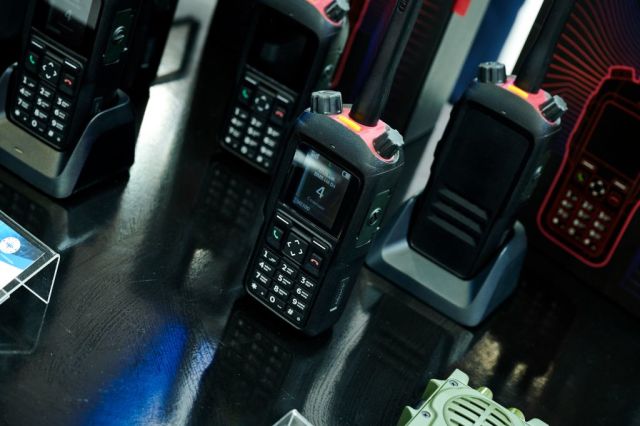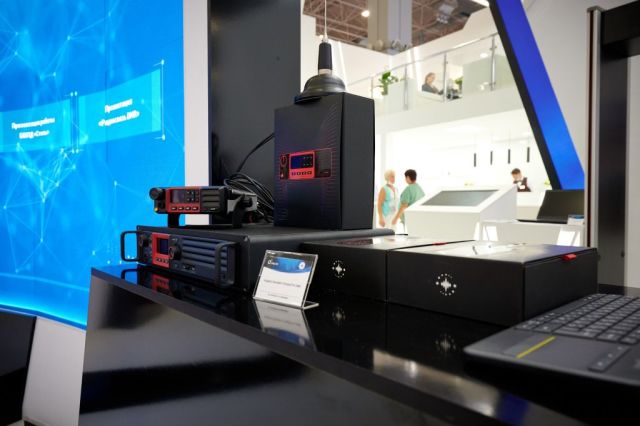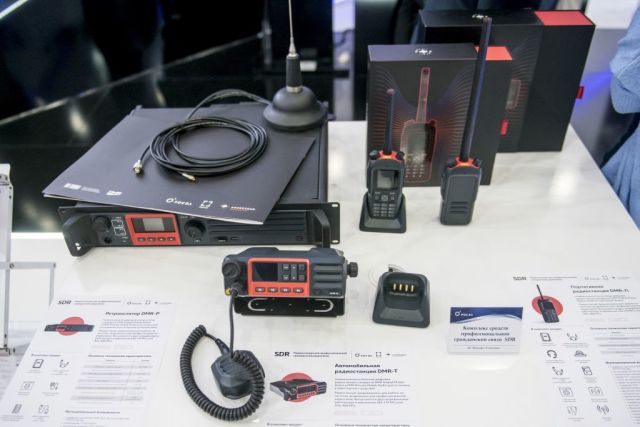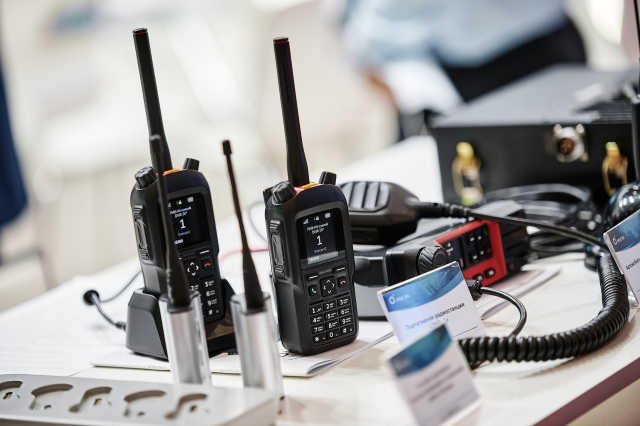In recent years, the transition from analog radio communication systems to digital has been happening faster and faster. By "digit" is most often meant the use of DMR (Digital Mobile Radio) radio stations. This digital radio communication standard, developed in 2005 by the European Telecommunications Standards Institute (ETSI), is one of the most secure today. Among the main users of DMR radio stations are emergency services, such as the police, ambulances, and the Ministry of Emergency Situations. Russian rescuers use DMR radios manufactured by the Constellation Concern, part of the Roselectronics holding.Digit vs Analog: advantages of the DMR standard
Choosing a digital voice communication standard can be a daunting task. To date, there are several options, and DMR is becoming an increasingly popular system. This is largely facilitated by the availability of DMR radio equipment at a cost almost comparable to traditional analog radio stations, as well as compatibility with the latter. By purchasing DMR radio stations, you can be sure that they will work perfectly with the existing fleet of analog radio stations. Thus, it is possible to gradually and painlessly financially make the transition to digital high-quality communication.
The quality of communication is not only good audibility in the case of the DMR format, it is also the transmission of intonation and even individual features of the subscriber's speech. It is worth noting that for normal communication, speech transmission in digitized form with a channel speed of 1.2 kbit/s is suitable. For comparison, in radio stations of the DMR standard, speech information is digitized and transmitted at a speed of 3.6 kbit/s in the channel.
If you've ever used a DMR digital radio, the first thing that might strike you is the silent voice transmission. The process of converting speech into digital information and back is very complex. Radio stations of the DMR standard in this sense are "smarter" than ordinary ones – they are able to digitize only the main phonemes of speech, that is, when encoding speech, the subscriber will not hear extraneous noise. The sounds of a passing car, construction work outside the window, a fan buzzing nearby are not phonemes, are "cut out" by the protocol and are not transmitted to the subscriber.

The next big advantage of digital processing is the possibility of "narrowband transmission". The protocol has enough bandwidth of 6.25 kHz, which is half the bandwidth for analog communication. Thus, a conventional channel with a 12.5 kHz band can accommodate two channels of 6.25 kHz each. These two channels, which are called time slots, are separated in time – at one moment the radio station transmits (or receives) only one channel. This implies another advantage of the DMR standard – energy saving. In practice, battery savings can be up to 35%. The presence of two time slots also allows two groups of subscribers to work simultaneously. Some of the subscriber radio stations can be programmed to work in one time slot, and the other half of the subscribers can be allocated a second time slot. The previous load remains, and the number of users doubles.
In general, the digital standard DMR provides more opportunities to configure the structure of communication between subscribers. Analog radio stations usually work only in simplex general mode – this is when one user presses the transmit button and everyone else hears it. The DMR standard allows you to make not only such a general call, but also a group one, having previously divided all participants in communication into groups, as well as an individual one, calling only a certain subscriber.
Well, and, perhaps, the main advantage of digital communication of the DMR standard is its high security. Here, a very large and complex digital key is used to encrypt conversations, which is virtually impossible to crack.
Three levels of DMR: how it works
DMR radio communication has three defined levels that allow manufacturers to develop equipment for different types of users. Some will only need a simple system in which each radio can communicate with any other radio, while serious organizations need an encrypted network with national coverage.
The simplest form of DMR is level I, which is mainly used for simplex communication. The human voice is digitized and compressed by the AMBE+2 codec, and then transmitted in this digital form to another radio. Level I also specifies that the maximum power of each radio station should be less than 500 MW. For comparison, the most popular models have a maximum power of 5 watts (ten times more).

Level II – this is where things get a little more complicated. Radio equipment of this format can operate at any DMR frequencies, but usually it occurs in the ranges of 136-174 MHz and 403-527 MHz. The advantage is that there are no problems with other users interfering with communication, and it is also possible to avoid the low power of the first-level equipment. The second-level DMR equipment can use repeaters to increase the range of the system, which allows you to expand the geography of communication.
DMR Level III radio equipment operates in the same frequency range as Level II equipment, but has the additional advantage of operating in the so–called "trunk mode". This means that radio stations are automatically assigned to specific frequencies, rather than a fixed frequency. Level III also adds additional data transmission capabilities, allowing radio stations to use SMS messages, location services, telemetry data, as well as remote control.
New "stars" of the DMR standard: radio stations of the Constellation Concern
The DMR standard was created from the very beginning as an open one, so that equipment of various brands would be compatible. Today, most manufacturers of radio equipment offer walkie-talkies and repeaters of the DMR standard. In Russia, one of the leading manufacturers is the Constellation Concern (formerly the Voronezh Communications Research Institute), which in Soviet times was the main enterprise of the industry for the creation of civil radio communication systems and facilities. In 1963, the Altai radiotelephone system, a prototype of cellular communication systems, was developed here as one of the first in the world.

DMR radio stations have been produced by the Concern serially since 2020. These are portable, car radio stations, as well as repeaters that operate at frequencies allocated for professional radio communication in the ranges of 146-174 MHz or 401-486 MHz. DMR radio stations "Constellation" are a complete original development - starting from circuit solutions, proprietary software, ending with design.
Last year, Constellation signed a contract with the Ministry of Emergency Situations of Russia for the supply of 365 stationary car radios and 1,190 portable wearable devices. The Agency approved the use of DMR equipment of the enterprise in all its territorial divisions. Constellation radio stations have already demonstrated reliability and trouble-free operation in the most extreme conditions, proving that they are not afraid of high temperatures, smoke and dust, or water.

